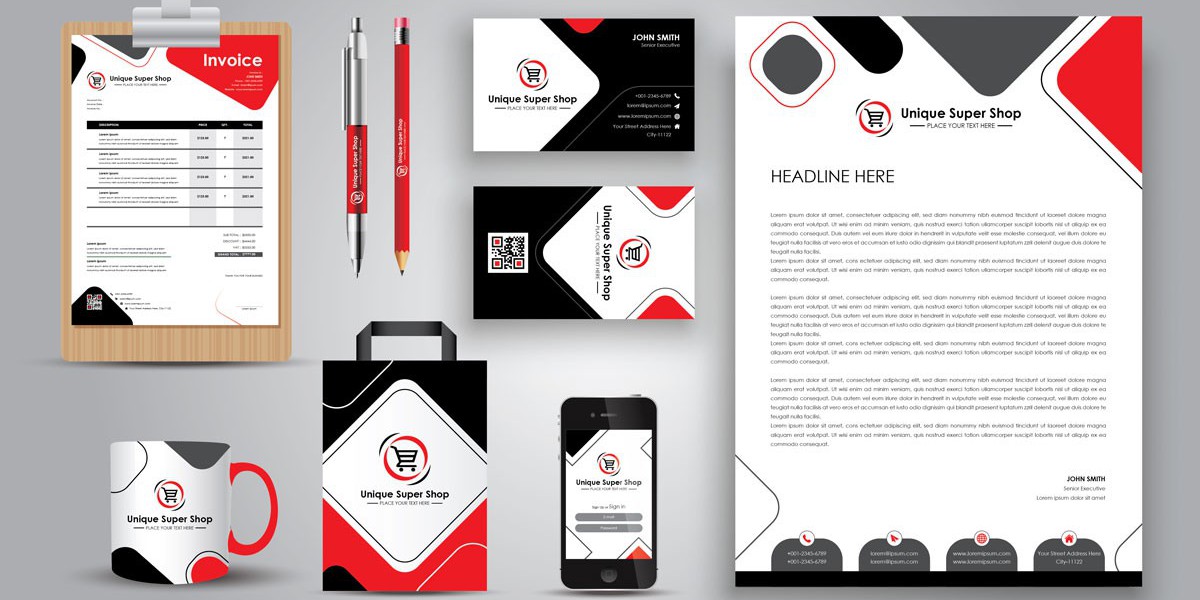In the realm of modern technology, the fusion of Internet of Things (IoT) and blockchain has emerged as a powerful paradigm, promising unprecedented levels of security, transparency, and efficiency. As businesses increasingly seek innovative solutions to optimize their operations and streamline processes, the integration of blockchain into IoT application development has become a compelling strategy. This synergy not only addresses the inherent challenges of IoT, such as data integrity and privacy concerns, but also opens up new possibilities for enhancing trust and reliability in connected systems.
IoT application development has revolutionized various industries by enabling seamless connectivity between devices, sensors, and networks. From smart homes and wearable devices to industrial automation and healthcare systems, IoT has paved the way for enhanced monitoring, automation, and data-driven decision-making. However, the proliferation of connected devices has also introduced complex challenges related to data security, interoperability, and scalability.
Blockchain, the underlying technology behind cryptocurrencies like Bitcoin, has garnered significant attention for its ability to establish trust and transparency in decentralized systems. At its core, blockchain is a distributed ledger that records transactions in a secure and immutable manner, eliminating the need for intermediaries and reducing the risk of fraud or tampering. By providing a verifiable and transparent record of data exchanges, blockchain has the potential to address key vulnerabilities in IoT ecosystems, such as data manipulation, unauthorized access, and single points of failure.
The integration of blockchain in IoT applications offers a myriad of benefits, including enhanced security, data integrity, and interoperability. By leveraging blockchain's cryptographic algorithms and consensus mechanisms, IoT devices can securely exchange data and execute transactions without relying on centralized authorities. Smart contracts, self-executing agreements stored on the blockchain, further automate processes and enforce predefined rules, ensuring trustless interactions between parties.
One of the most significant advantages of combining blockchain with IoT is improved security. Traditional IoT networks are susceptible to various cyber threats, including data breaches, DDoS attacks, and device hijacking. By storing IoT data on a decentralized blockchain network, sensitive information remains encrypted and tamper-proof, reducing the risk of unauthorized access or manipulation. Additionally, blockchain's consensus mechanisms, such as proof of work or proof of stake, enhance the overall resilience of IoT networks by thwarting malicious activities and ensuring data integrity.
Furthermore, blockchain enables enhanced data traceability and auditability in IoT ecosystems. Every transaction recorded on the blockchain is timestamped and cryptographically linked to previous transactions, creating an immutable audit trail of data exchanges. This transparency not only fosters accountability but also facilitates regulatory compliance and dispute resolution in complex supply chains or IoT-enabled services.
Real-world Applications and Use Cases
The integration of blockchain in IoT application development has already yielded tangible benefits across various industries. In supply chain management, blockchain-powered IoT platforms enable end-to-end visibility of goods, from manufacturing facilities to retail shelves, reducing counterfeiting and ensuring product authenticity. Similarly, in healthcare, blockchain-based IoT solutions facilitate secure sharing of patient data among stakeholders while maintaining privacy and compliance with regulations such as HIPAA.
Moreover, blockchain is revolutionizing the energy sector by enabling peer-to-peer energy trading and decentralized grid management. IoT-enabled devices, such as smart meters and solar panels, can seamlessly transact energy credits on blockchain networks, optimizing energy distribution and reducing reliance on centralized utilities.
Future Outlook and Challenges
While the integration of blockchain in IoT application development holds immense promise, several challenges must be addressed to realize its full potential. Scalability, interoperability, and regulatory concerns remain significant hurdles that require collaborative efforts from industry stakeholders and policymakers. Additionally, the complexity of blockchain technology and the high computational overhead associated with consensus mechanisms pose implementation challenges for resource-constrained IoT devices.
Nevertheless, as advancements in blockchain technology continue to evolve and standards for interoperability emerge, the synergy between blockchain and IoT is poised to drive innovation and reshape digital ecosystems. By fostering trust, transparency, and efficiency, this convergence holds the key to unlocking new opportunities and delivering transformative solutions across diverse domains.
In conclusion, IoT application development company represents a paradigm shift in how we perceive and leverage connected systems. By combining the security and transparency of blockchain with the ubiquity and intelligence of IoT, businesses can create robust, decentralized ecosystems that redefine trust and enable unprecedented levels of innovation. As we embark on this transformative journey, collaboration, innovation, and a shared vision for a decentralized future will be essential in realizing the full potential of blockchain-powered IoT solutions.



